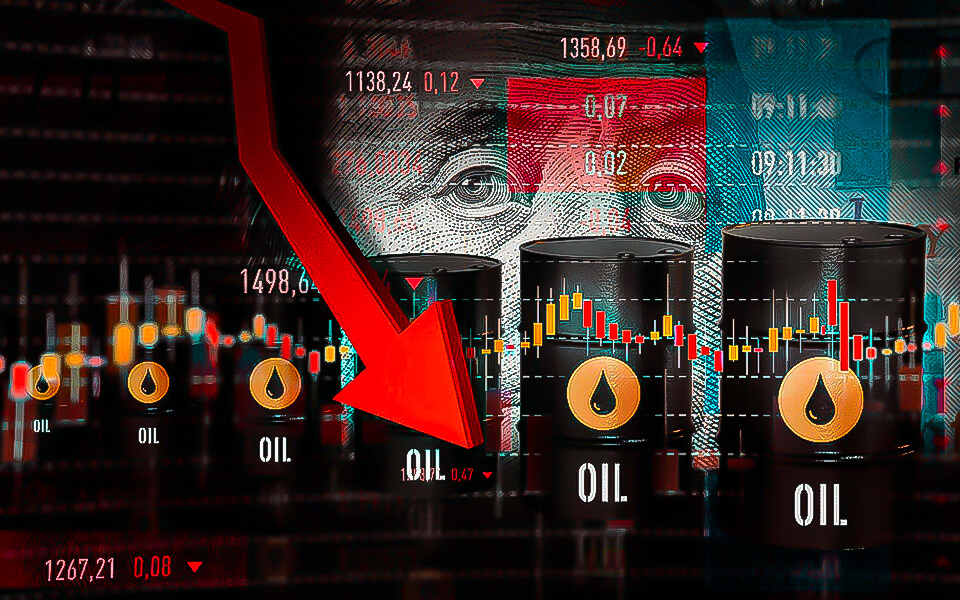Oil prices rise over $2/barrel on drawdown in U.S. crude stocks
What Does It Cover?
- Brent Crude is produced near the sea, so transportation costs are significantly lower.
- Gains capped by a snowstorm that is expected to hit U.S. travel.
- Brent crude futures for February delivery were up by $2.21, or 2.76%, at $82.20 a barrel, while U.S. West Texas Intermediate (WTI) crude futures gained $2.06, or 2.7%, to $78.29.
- West Texas Intermediate is produced in landlocked areas, making transportation costs more of an effort.
- West Texas Intermediate is the preferred measure and pricing model in the United States. It is, to some degree, “sweeter” and lighter than Brent crude.
- Brent Crude and West Texas Intermediate govern the oil market, and both dictate pricing in their respective markets.
- Despite being in the news more often, offshore oil rigs, most famously with the BP oil leak of 2010, are heavily traded as barometers of domestic oil market health.
Demand increases and fear of supply disruptions have exerted upward pressure on oil prices.
Global oil demand has been increasing, outpacing oil production and excess capacity gains. A significant reason is that developing nations, especially China and India, have proliferated.
As per a 2006 report, These economies have become increasingly industrialized and urbanized, contributing to an escalation in the world’s demand for oil.
In recent years, fears of supply disruptions have been propelled by turmoil in oil-producing countries such as Nigeria, Venezuela, Iraq, and Iran.
Oil benchmarks are set so that it is standardized. One can also come to know where the commodity has originated. Crude oil is akin to the skeletal framework of the human body. It is a raw material natural resource available for purchase.
The stalwarts in the oil industry include companies like Shell, BP, and Saudi Aramco.
Brent Crude caters to the European, African, and Middle East.
The origin of this crude is the oil fields in the North Sea.
West Texas Intermediate is sourced from the US oil fields and is for the US market. The other advantage of oil benchmarks are as follows:
- Allows investors to price-track a specific oil type.
- A country’s use can be determined, or the oil companies or even other intermediaries.
China’s crude oil imports from Russia in November rose 17% yearly as Chinese refiners rushed to secure more cargoes ahead of a price cap imposed by the Group of Seven nations and an EU embargo from December 5th.
On Tuesday, Saudi Arabia’s energy minister said that “the heavily criticized move by OPEC+ to cut oil output turned out to be the right decision.”
“The comments suggest that OPEC+ may continue to keep supply tight,” said CMC Markets analyst Tina Teng.
Environmental groups sued the Biden administration on Wednesday to block a sale of oil and gas drilling rights off Alaska’s coast scheduled for next week. The legal action, filed in federal court in Alaska, comes as the Interior Department is preparing to offer nearly 1 million acres in the Cook Inlet on Dec. 30.
The sale was among the concessions to the oil and gas sector included in President Joe Biden’s climate change law, the Inflation Reduction Act (IRA).
The oil wars have been an ongoing phenomenon. Some pressing issues have been:
- Which countries and companies are indirectly funding Russia’s aggression in Ukraine?
- One of the leading reasons for the Russia-Ukraine war is the energy fight. Countries and higher authorities banned Russian oil and gas.
- The European Union plans to restrict oil imports by the end of 2022. It could complicate matters for all concerned parties.
- According to the IEA, 45% of Russia’s federal budget in 2021 came from oil and gas revenues.
At the end of May 2022, Russia’s minister of finance announced that a part of its 1 trillion ruble budget from additional oil and gas exports revenue this year would be used to “conduct a special operation.”
Traders bidding on oil futures contracts in the commodity markets hugely affect oil prices. This is because the oil derivatives are traded daily, and the bets are placed on sale and purchase by stakeholders and consumers.
The two commodity exchanges are Chicago and New York Mercantile Exchanges.
Commodity trading has two sub-divisions:
- Hedgers- Company representatives that produce/consume oil.
- Speculators- Main motive is money making, incremental trades, and the like.







